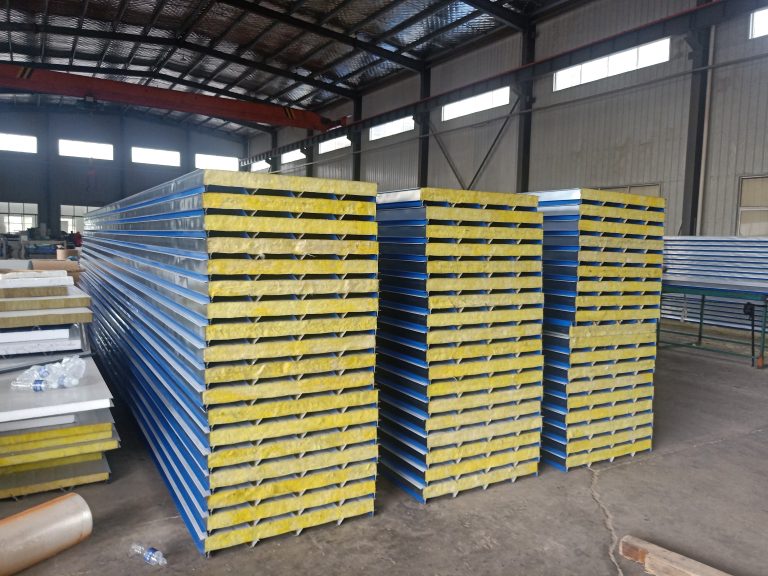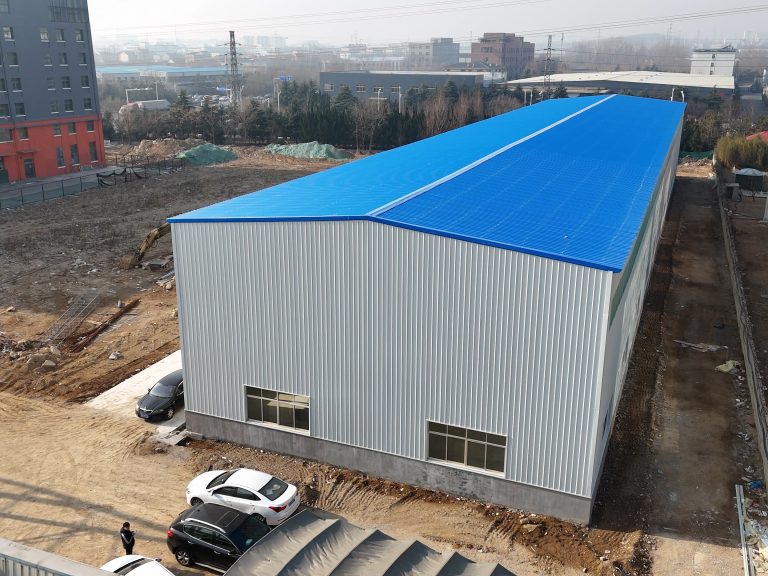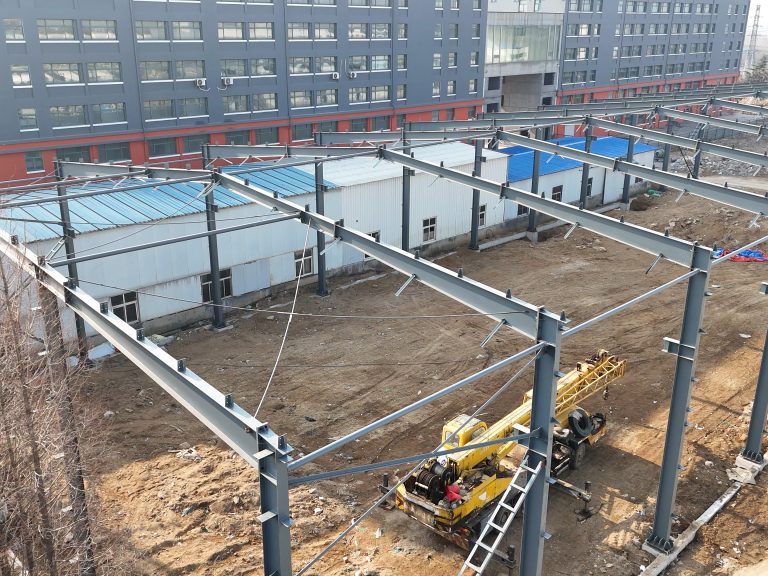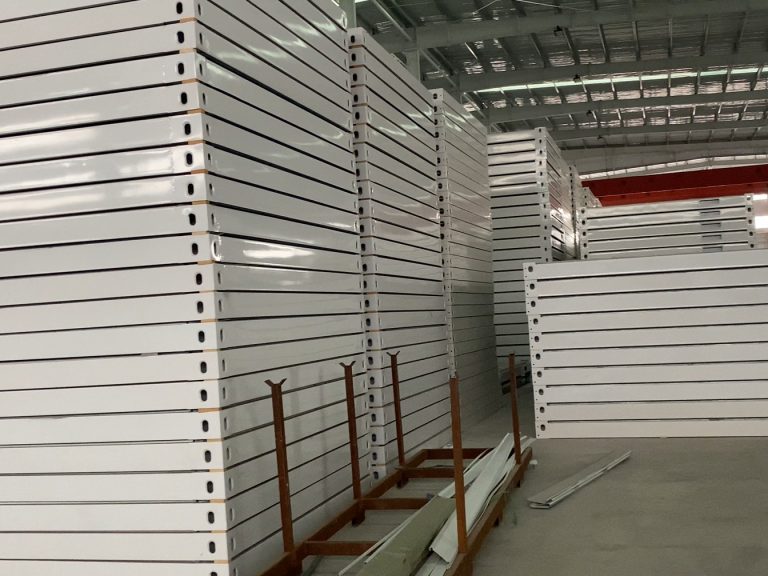Table of Contents
Benefits of Antiknock Design in Steel Structure Buildings
Antiknock design in steel structure buildings is a crucial aspect that ensures the safety and durability of the structure. By incorporating antiknock features into the design and analysis process, engineers can mitigate the impact of external forces such as earthquakes, wind loads, and other natural disasters. This article will explore the benefits of antiknock design in steel structure buildings and how it contributes to the overall structural integrity.
One of the primary benefits of antiknock design in steel structure buildings is increased resistance to seismic forces. Earthquakes can exert significant lateral forces on a building, causing it to sway and potentially collapse. By incorporating antiknock features such as bracing systems, base isolators, and damping devices, engineers can enhance the building’s ability to withstand seismic forces. These features help dissipate the energy generated by an earthquake, reducing the impact on the structure and ensuring the safety of occupants.
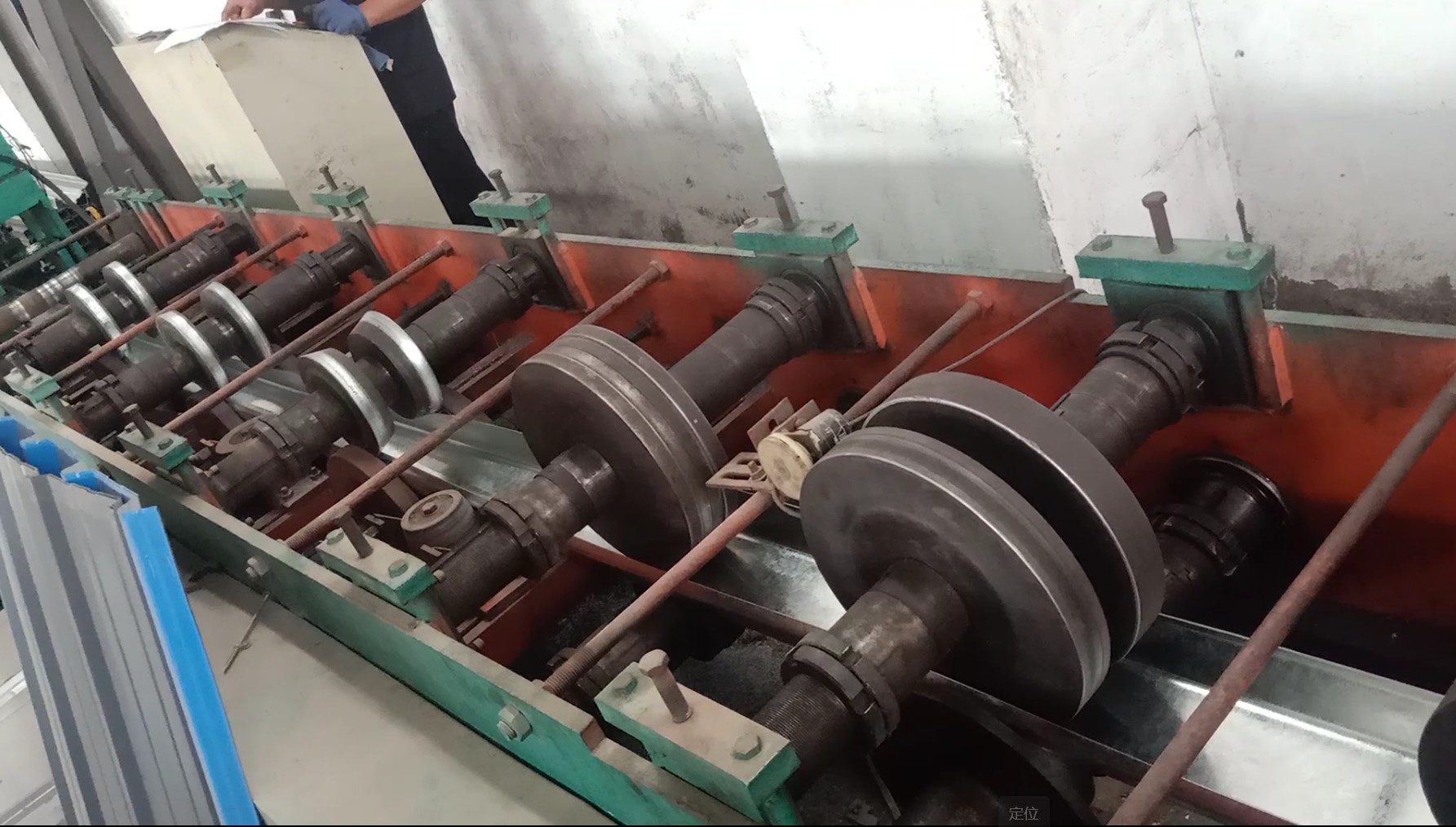
In addition to seismic resistance, antiknock design also enhances the building’s ability to withstand wind loads. High winds can exert significant pressure on a building, causing it to sway and potentially suffer structural damage. By incorporating features such as wind-resistant cladding, aerodynamic shapes, and reinforced connections, engineers can improve the building’s ability to resist wind loads. This not only enhances the safety of the structure but also prolongs its lifespan by reducing the risk of damage.
Another benefit of antiknock design in steel structure buildings is improved fire resistance. Steel is inherently fire-resistant, but when exposed to high temperatures, it can lose its strength and integrity. By incorporating fire-resistant materials, insulation, and compartmentalization features, engineers can enhance the building’s ability to withstand fire hazards. This is crucial for ensuring the safety of occupants and minimizing the risk of structural collapse in the event of a fire.
Furthermore, antiknock design in steel structure buildings also contributes to energy efficiency and sustainability. By incorporating features such as thermal insulation, energy-efficient glazing, and passive solar design, engineers can reduce the building’s energy consumption and environmental impact. This not only lowers operating costs but also enhances the building’s overall sustainability by reducing its carbon footprint.
Overall, antiknock design in steel structure buildings offers a wide range of benefits that contribute to the safety, durability, and sustainability of the structure. By incorporating features such as seismic resistance, wind resistance, fire resistance, and energy efficiency, engineers can enhance the building’s overall performance and longevity. This ensures the safety of occupants, minimizes the risk of structural damage, and reduces the building’s environmental impact. Antiknock design is a crucial aspect of modern construction practices that helps ensure the safety and integrity of steel structure buildings.
Key Factors to Consider in the Analysis of Steel Structure Buildings
Steel structure buildings are a popular choice for construction due to their durability, strength, and versatility. When designing and analyzing a steel structure building, there are several key factors that must be considered to ensure the safety and stability of the structure. One important factor to consider is the antiknock design of the building, which involves designing the structure to withstand external forces such as wind, earthquakes, and other natural disasters.
In the analysis of a steel structure building, it is crucial to consider the potential impact of these external forces on the building and to design the structure accordingly. This involves conducting a thorough analysis of the building’s design and materials to determine its ability to withstand these forces. One common method used in the analysis of steel structure buildings is finite element analysis, which involves breaking down the structure into smaller elements and analyzing how they interact with each other under different loads.
Another key factor to consider in the analysis of steel structure buildings is the material properties of the steel used in the construction. The strength and ductility of the steel will play a significant role in determining the overall stability and safety of the building. It is important to use high-quality steel with the appropriate properties to ensure the structural integrity of the building.
In addition to the material properties of the steel, the design of the building itself is also crucial in ensuring its stability. The layout and configuration of the building must be carefully considered to minimize the impact of external forces and to distribute loads evenly throughout the structure. This may involve using bracing systems, shear walls, or other structural elements to provide additional support and stability.
Furthermore, the foundation of the building is another important factor to consider in the analysis of steel structure buildings. The foundation must be designed to support the weight of the building and to transfer loads from the structure to the ground. A strong and stable foundation is essential for ensuring the overall stability and safety of the building.
In conclusion, the analysis of steel structure buildings involves considering a variety of key factors to ensure the safety and stability of the structure. The antiknock design of the building, the material properties of the steel, the design of the building itself, and the foundation all play a crucial role in determining the overall stability and safety of the structure. By carefully considering these factors and conducting a thorough analysis, engineers can design steel structure buildings that are strong, durable, and able to withstand external forces.

